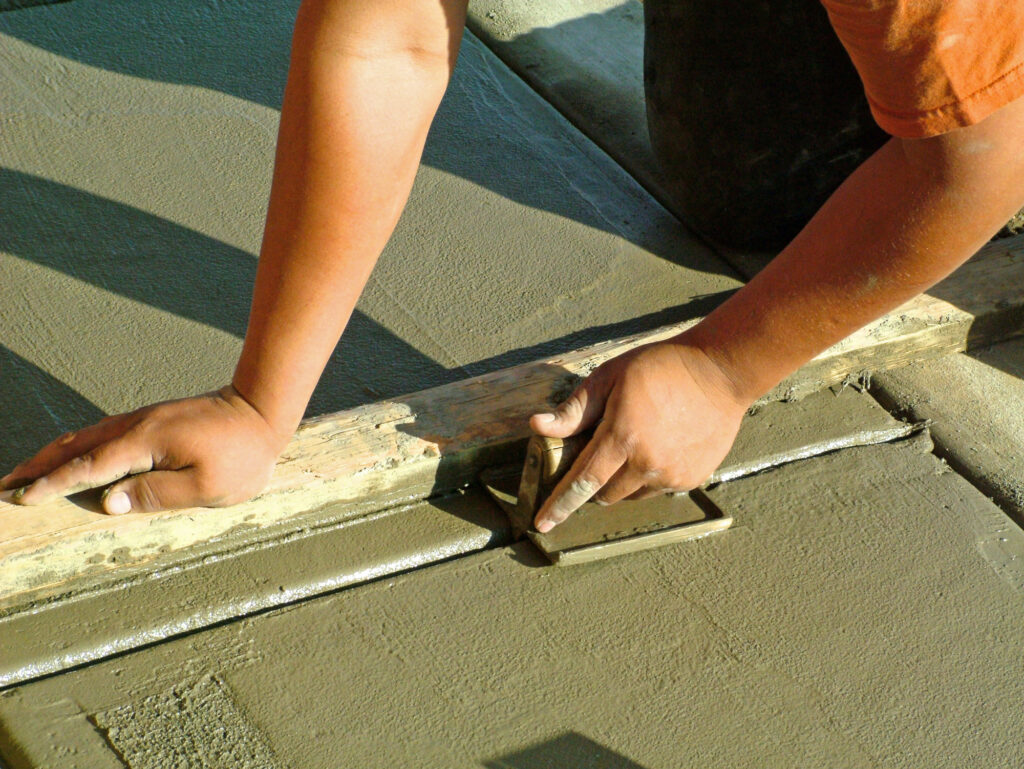A Guide to Choosing the Best Type of Concrete Slab for Your Home
As the U.S. real estate boom rages on, the country finds itself around 3 million homes short of demand in 2022. Are you one of those prospective buyers who’s struggling to find your dream home amid the chaos?
If so, you’ve probably considered the possibility of cutting out the middle man and building a house from scratch.
When you’re building a home from the ground up, a concrete slab is one of the first things to think about. Here’s your guide to navigating this important decision.
What Is a Concrete Slab?
A reinforced concrete slab makes up the most critical flat surfaces in residential building construction, such as floors and ceilings. They hold up most of the structure and impact its load-bearing capabilities.
There are two main types, namely, one-way and two-way slabs.
One-way slabs have support on two sides, and the long side is usually more than twice the length of the short side. When the ratio between these sides is smaller than that, builders use a two-way supported slab, with support on all four sides.
Your choice between these two types of slabs depends on the layout of your home, the span length, and the type of building you’re constructing.
There are 11 concrete slab types used in home building:
- Joist slab
- Flat slab
- Flat plate slab
- Raft slab
- Hollow-core slab
- Waffle slab
- Precast slabs
- Hardy slabs
- Composite slabs
- Slabs on grade
- Subfloors with stumps and strip footings
Read this guide on some of the most common types of concrete slabs for more details about this aspect.
Types of Concrete
Apart from the different slab types, your builder must choose the right kind of concrete to ensure your home’s slab does its job effectively.
There are eight types of concrete used for slabs in home construction:
Normal Strength Concrete
Normal concrete takes only 90 minutes to set, depending on weather conditions. It’s mostly used for buildings that don’t need high tensile strength, as well as for pavements.
It’s vulnerable to stresses caused by vibrations and wind loading.
Reinforced Concrete
This type of concrete has steel wires, rods, or cables (also known as rebar) placed in it before it sets. The reinforcements help the building resist tensile forces.
Pre-Stressed Concrete
Pre-stressed concrete suits large construction projects. Like reinforced concrete, it has bars running through it, except heavy machinery subjects these bars to an onsite stress procedure.
The process makes the lower section of the slab stronger, and they suit roofs with long spans.
Precast Concrete
Manufacturers create these high-quality concrete units according to the builders’ specifications. Then they’re transported to the site for speedy assembly.
Precast slabs include double T and channel types.
Air-Entrained Concrete
This type of concrete includes billions of microscopic air cells, which can hold water when it freezes. Builders introduce the air using foaming agents while mixing the concrete.
Ready-Mix Concrete
Ready-mix concrete comes from a central manufacturing plant in a cement truck. It’s ready to use when it arrives at the site.
Extensive customization options are possible with this type of concrete, and it’s a convenient and affordable way to build your slab.
Rapid-Set Concrete
Rapid set concrete dries much quicker than all other types of concrete. It’s often used in winter or very cold climates.
Pumped Concrete
Pumped concrete works best for very tall buildings. It’s a very workable type of concrete that builders can easily pump up to higher floors when necessary.
In some locations, pumped concrete is the only option.
Turns out there’s a lot more to learn about concrete than you think. Other aspects up for consideration include:
Nominal Mix vs Design Mix
Nominal mixes work best for small residences and use a proportion of 1:2:4 where the numbers refer to cement, sand, and aggregate respectively.
Design mixes use lab tests to determine the correct ratio of these substances according to the mixture’s desired compressive strength.
Machine Mixing vs Hand Mixing
Machine mixes are most commonly used for construction. The builder usually orders this concrete premixed, and it arrives in a concrete mixer which turns to blend the ingredients.
Hand mixing is labor-intensive and only suited to small projects. Workers usually mix the concrete on a flat surface using specialized tools to ensure a smooth consistency.
Building Codes for Concrete Slabs
You must familiarize yourself with the regulations in your area when deciding on the best concrete slab for your building. These vary widely depending on where you live.
Safety regulations, weather patterns, and soil conditions will all impact which rules apply to you. So, make sure you know all the ins and outs before you start building your home.
Costs Involved in Constructing a Concrete Slab
The average cost to install a concrete slab in the U.S. is $6.60 per square foot, including materials and labor.
Depending on your circumstances, you could pay between $4.34 and $7.73 per square foot for your slab construction.
Factors that affect the price of your slab include the type of concrete needed, the slab’s thickness, and the size of your building. If you decide to add a decorative finish, you could pay as much as $10 per square foot.
A Solid Foundation For Your Home Building Experience
A concrete slab might not comprise the most interesting part of building a custom home, but it’s one area you should never skimp on.
Now that you know the basics about this stage in home construction, you can ensure your dream home gets off to the best start possible.
Are you interested in all things to do with real estate? Bookmark this site and check back regularly for interesting updates.
